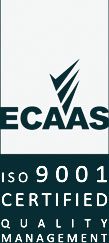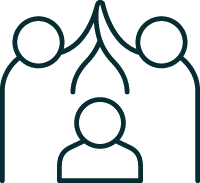Tanya, the practice manager at Healthwise Medical Centre in Tweed Heads, is a keen user of the CAT4 data extraction tool. She uses it regularly to keep track of data quality and identify areas of improvement. At times this is an overwhelming task, and is much too big for one person – especially when a lot of the data can only be entered into the medical software by a clinician.
Tanya needed to include the whole team to successfully improve their data. She therefore needed a strategy to engage the team in this improvement work. Data quality and improvement ideas were discussed at Healthwise’s staff meeting and this allowed Tanya to gain buy in from the staff.
Engaging general practitioners in this kind of work can be challenging. Tanya created a data quality spreadsheet which shows each GP how they are tracking with their data quality, in particular recording allergies, smoking status, alcohol and BMI for their patients. The GPs are able to compare their data against the other GPs in the practice anonymously as Tanya allocates each GP with a number, rather than using their name. This has bought up some healthy competition between the GPs and they are now really enthusiastic to improve their percentages. Tanya will continue to provide GPs with an updated spreadsheet each quarter.
One of the practice nurses has a special interest in women’s health. She is working through a list of patients printed from CAT4 who have not had a Pap smear/cervical screening recorded. She is working on getting these details up to date by setting reminders, making reminder phone calls and requesting results from service providers if screening was provided elsewhere. The nurse is also encouraging GPs to ensure they keep this information up to date and invite women in for screening.
Another nurse has a special interest in chronic disease and is following up on patients who have not had their diabetes cycle of care completed. The CAT4 tool can easily identify patients with diabetes and how many cycle of care items they have completed. Another nurse is focusing on patients who have not had a 75+ health assessment – these patients will then be invited to have this assessment.
The TopBar tool has been installed on reception workstations so that admin staff can easily identify missing demographics. They are particularly focusing on ensuring next of kin, emergency contact and ethnicity are updated. As Best Practice software does not automatically update IHI numbers, one of the admin staff went through the appointment book for the previous 12 months and validated these numbers. All patients who attend reception now have their IHI number validated. A list of those patients who do not have their IHI number validated has been given to reception to update when they have time.
Tanya and her team are making a great effort towards improving their data and are making great use of the CAT4 and TopBar tools. These activities are helping the practice to achieve the quadruple aim of quality improvement in healthcare which includes better health outcomes, better patient experience, better cost efficiency and better clinician experience.



